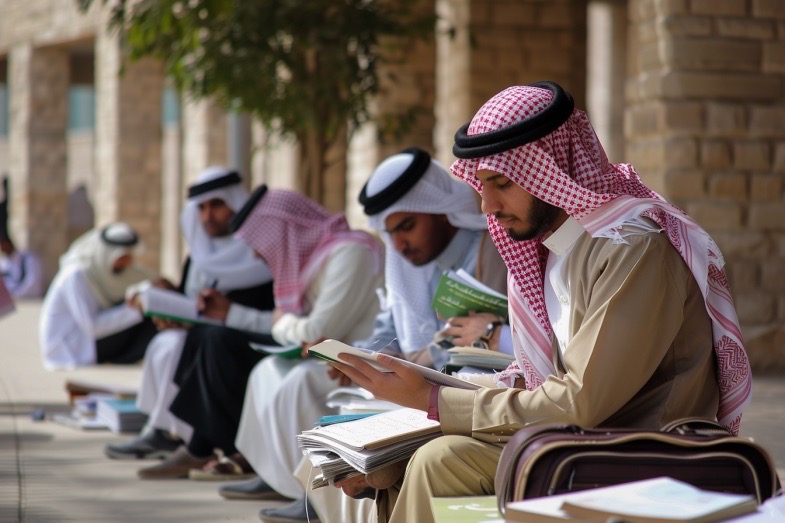Israeli Strike on Gaza Hospital Kills 20, Including Journalists
JERUSALEM — Chaos and tragedy unfolded in the southern Gaza Strip as at least 20 people, including five journalists from international media outlets, were killed in a devastating Israeli strike on Nasser Hospital.
The attack, which claimed the lives of a Reuters cameraman, an Associated Press journalist, and another journalist from Al Jazeera, unfolded in two waves. The initial strike resulted in several casualties, with more lives lost as rescuers rushed to the scene, according to the Hamas-run Civil Defence.
The Israeli military and the prime minister’s office remained tight-lipped, offering no immediate comment on the deadly incident.
Dramatic images from the scene captured billowing grey smoke and visible damage at the main hospital in southern Gaza. Outside, amidst the chaos, people ran and shouted while ambulance sirens blared in the background.
In a chilling video, a doctor displaying bloodied clothes to journalists is interrupted by another strike, underscoring the perilous conditions faced by those on the ground.
Among the casualties were Husam al-Masri, a cameraman for Reuters, and Mariam Dagga, a freelance journalist working for the Associated Press. The loss of 33-year-old Mariam Dagga left AP “shocked and saddened”.
Other victims included Mohammed Salameh of Al Jazeera and Muath Abu Taha, a photographer employed by NBC. The Civil Defence initially reported 15 fatalities, including one of its own members, as per AFP.
This tragic incident comes on the heels of a similar attack two weeks ago, where six journalists, including four from Al Jazeera, were killed near al-Shifa Hospital in Gaza City.
The UN’s human rights office condemned the attack as a grave violation of international law. The Israel Defense Forces (IDF) justified the targeting of Anas al-Sharif, a prominent Al Jazeera reporter, accusing him of leading a terrorist cell within Hamas.
The Committee to Protect Journalists (CPJ) criticized Israel for its lack of evidence to support these allegations, highlighting the ongoing dangers faced by journalists in conflict zones. — BBC



